Justin Bland (Nu)
Your work explores the intersection of nature and infrastructure. How do you decide which elements to emphasize in a new piece?
Whenever observing the communication between the two, there’s a story I must read into. There is always a beginning, middle and inevitable end. I prefer to focus somewhere in the middle. Somewhere I would see an old metal warehouse door, or an exposed copper pipe. Commonly we can see it in the state it’s in and sort of disregard it, but something in me became interested in this variation of appearance and physical shape it undergoes when exposed to the conditions. Immediately I find it fascinating to imagine the evolution of its deterioration and its relation to the environment. When observing, I must note the colors, textures and/or evidence of missing pieces due to wear and tear. These phenomena usually decorate the environment for my pieces. It’s even more intriguing if the infrastructure includes man made impressions like graffiti, scrapes and marks from frequent contact on a concentrated area, or simply destruction of the object altogether. It’s all just more information for me to enjoy and interpret in my work.
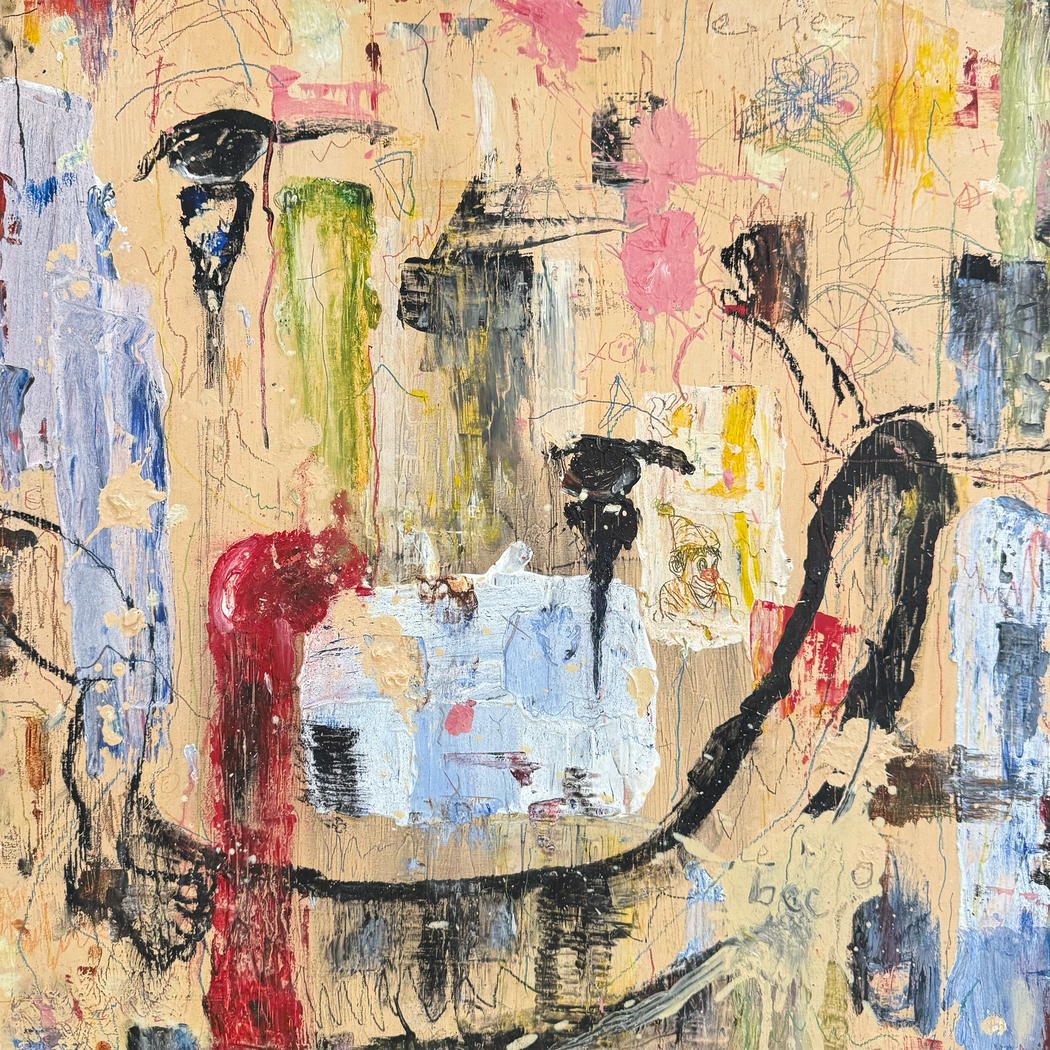
You mention being influenced by decay—mold, rust, and bird droppings. What draws you to these organic processes of deterioration?
I think one day I decided these are designs rather than damages. We always use the expression “if these walls can talk” but to me, they do. Not with words of course but with time. When seeing old buildings or bird-plastered beach piers, we see the results of time by their markings and our imaginations do the rest. We think about how long the structure has been there, how many people and events happened there. The markings tell me everything I want to know. I want to lean into these features and create a world where the natural impact carries its own integrity besides from the structures themselves. I enjoy the aggression yet majesty I experience when witnessing these features, even creating my own criteria of how much or little impact they have on me at the time. We can imagine how many colors mold or rust can be especially when blocked against an object of another color; there’s harmony in that. It becomes a social discussion. These markings have intense, complicated processes that allow them to grow and become their own identity. Eventually these sources became the DNA of my work. They serve more as phenotypes of my pieces with the same process of creation or growth regardless of the structure itself, yet all under the common denominator of age.
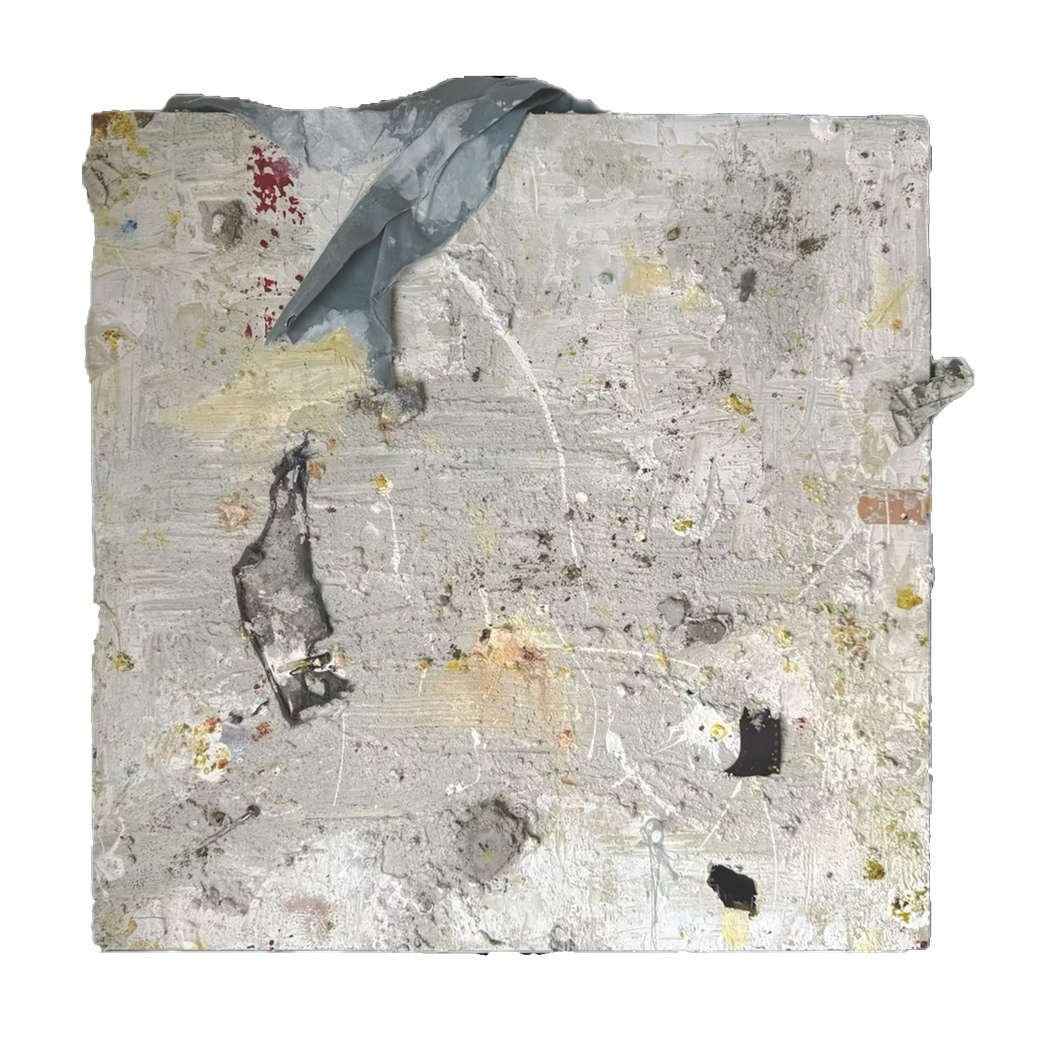 Justin Bland (Nu) | Chores
Justin Bland (Nu) | Chores
Can you describe the emotional impact of growing up between Mojave, South Central, and the Central Coast on your artistic voice?
Since Kindergarten, I was able to witness constant contrast between Mojave, the Antelope Valley, Los Angeles, Pismo and San Luis Obispo. I’ve been able to live and explore at these places for pretty much all my life while undergoing the growing pains of an unorthodox, yet statistically not so unorthodox split family dynamic. The events within these places informed me, but the surroundings consoled me. Despite my personal challenges, the changes of environment were drastic but exciting. The most inspirational aspect between each of these settings were the landscapes and architecture. Once I arrived at these places, I knew what to look forward to and I was able to find comfort in that current space, seeking to absorb the ambience of the streets, corners and buildings. I’m not a very social person. Usually while people speak, I observe, so it has given me more time to appreciate the complexities of each scenery, people and spaces alike. Over the years, the colors of the San Luis countryside, the rundown underpasses off the 110 freeway in LA, and the warm-palleted desert backdrop of the Antelope Valley became some of the driving force of my color choices as well as textural references. As I grew more informed of social and civic dynamics, it became a priority to decorate my interpretation of intrapersonal relations with the colors, shapes and other imagery pertaining to each of these geographic spaces… and music, lots of references to music that sustained me over the years.
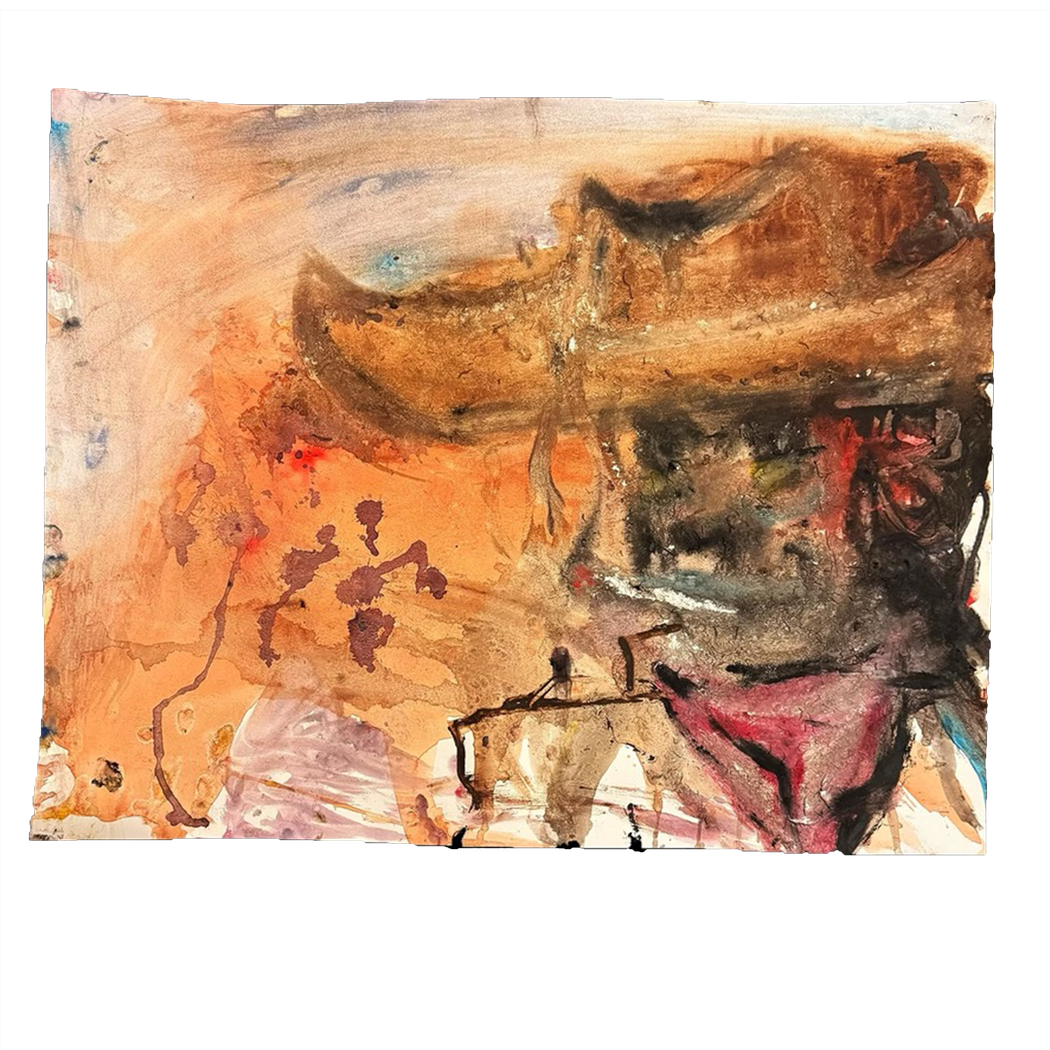 Justin Bland (Nu) | Festsus
Justin Bland (Nu) | Festsus
How do your materials and textures reflect the tension between community and commodity?
This one is loaded, let’s see how brief I can keep this: There seemed to be a coldness that came with the endless cycle of dreaming, obtaining and discarding. It appears that sometimes, especially here in Western culture, the only connection people have with objects ends at the shared experience of ownership rather than transcending to stewardship. It is critical for me to create work that reminds us that in a culture where we are taught that flashy, new and conventionally attractive generally means better, there is a risk of losing substance and meaningful experience in our lives. The internal and external consequences of failure and unfamiliarity should serve as an invitation to grow. This lifeline conversation with myself over the years has driven me to observe the confluence between knowledge, substance, excess and lack. Visually, it has become a staple to portray an extreme sense of textural urgency, forcing the work to be about the imperfections and what to appreciate in those alone. Using materials found at home like tile mortar, house paint, random nearby debris; anything that can convey the bumps and bruises of life while also repurposing discarded or overlooked objects. I enjoy when people appreciate things not because of what it is but how it is and why. I love that effectiveness is completely independent from popularity, familiarity, digestibility or vanity. I also enjoy delving into what creates longevity in a relationship or in a life’s work and how understanding value with a prideless perspective can impact our utilization of resources and our growth as people.
Your color palette is described as earthy, pungent, and moody. Do you associate specific emotions or memories with certain colors?
Most of the color choices that are made reflect my childhood. I grew up watching lots of animation such as Hanna Barbera, and Cartoon Network (Adult Swim). I may not have realized at the time, but watching color being professionally curated onto characters or settings helped develop my own taste of color arrangement. Besides animation, variations of certain colors remind me of old articles of clothing I had as a kid, the color of an interior’s floor or carpet or what color a loved one was wearing the day we went somewhere. Skateboarding graphics, clothing and other related designs also played a significant part in my love for color. Nature is probably the most referential regarding my work because of the range of reactions I experience such as intensity or visceral response I get when seeing the deep reddish siena of rust. On the contrary there’s a deep sense of peace, nostalgia and reverence when seeing an originally white object being yellowed by the sun. Particularly, I tend to gravitate towards colors that feel lived in or intimate. There is one color however that followed me around growing up and once I took art seriously and identified its official name, it became like my homeroom of colors and that’s cobalt blue.
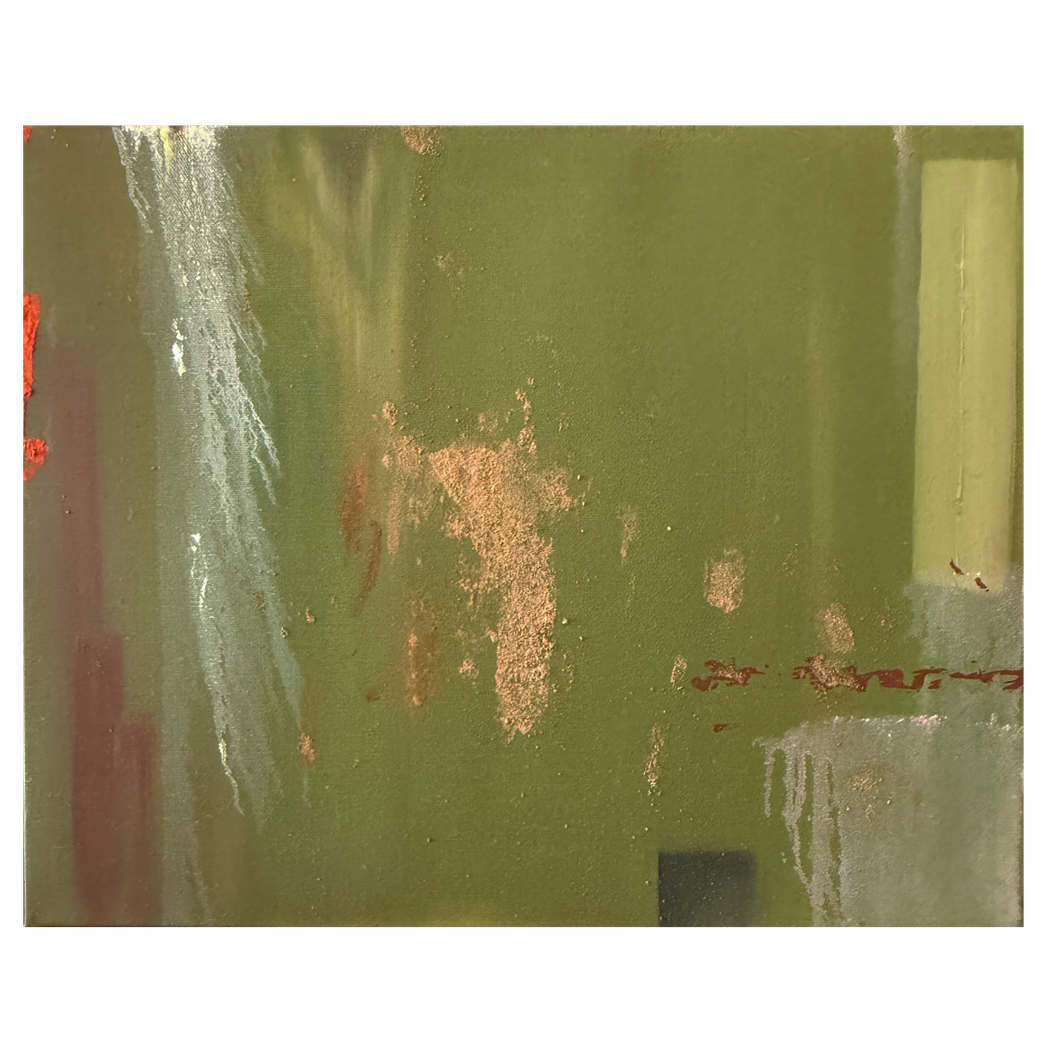 Justin Bland (Nu) | Admire
Justin Bland (Nu) | Admire
In your practice, what role does spirituality or personal memory play in shaping your visual language?
When it comes to consolidating concepts and ideas, I love keeping a prompt that assigns me to a punchline or parable. It is imperative to encapsulate as much introspection with as little overplay as possible. For example, I have been working on a concept called ‘how many bastards does it take to screw in a lightbulb?’ which expounds on repeated generational failure or traumas and the intensity of evolution through changes in ideas and perspectives. It has been a concept so sentimental to my life that it inspired the name of my alias, nu. My faith in Jesus has played a large part in my inspiration as an artist, challenging me to visually articulate lessons I have learned about being in the world. Almost all of my pieces relate to the Bible in some way. It has given me a space to interpret the rawness of biblical times, referring to hygiene, architecture and intrapersonal communication but hybridizing the stories and concepts into a more personal and palatable experience without sacrificing integrity or inclusivity.
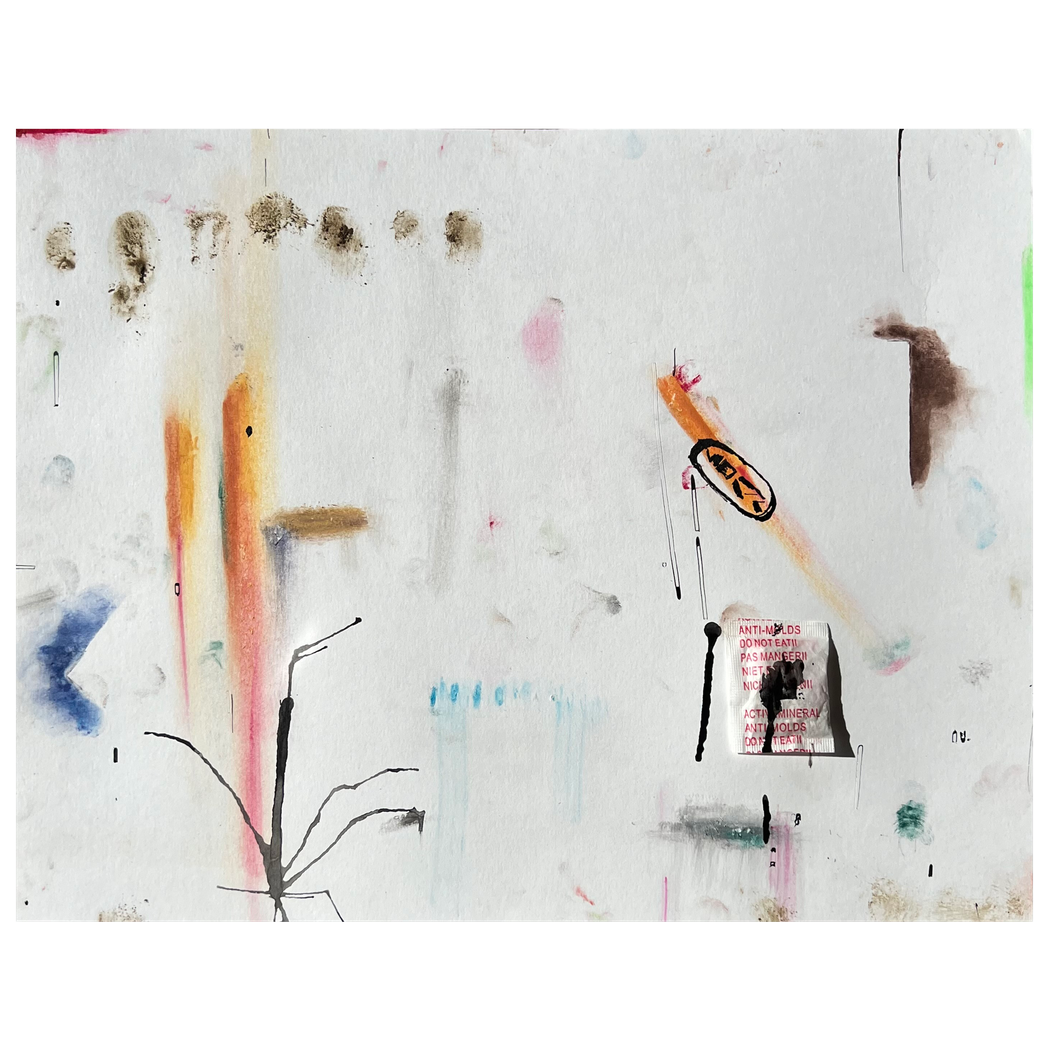 Justin Bland (Nu) | Awop
Justin Bland (Nu) | Awop
Is there a particular object or space—urban or natural—that you keep returning to in your mind or your work? Why?
Growing up, one of my chores was to take out the trash. In my apartment complex, there was a designated area with a couple Waste Management bins, loosely enclosed by these brick walls. I always remember there being the most random items on the ground or weird mixtures splattered on the walls and bins. The smells were interesting. I love parking garages, especially if there’s a lot of efflorescent, naturally stained concrete. I often think of this MF DOOM music video for a track called ‘Guv’nor’ where the surroundings were far more intriguing than the subject. The ambience of a parking garage is like a personal mental hub. I once took a trip to Hearst Castle and felt as if the plains and landscape were exceedingly more beautiful than the castle itself. I am always mentally between a nitty-gritty urban space like an alley or a wide open field like those plains and shores in San Simeon. It is also fun to synthesize music with these spaces and create a visual representation of what I hear and see. Thinking of these spaces puts me into a zone that holds the perfect balance of comfort to work with and discomfort to work through.

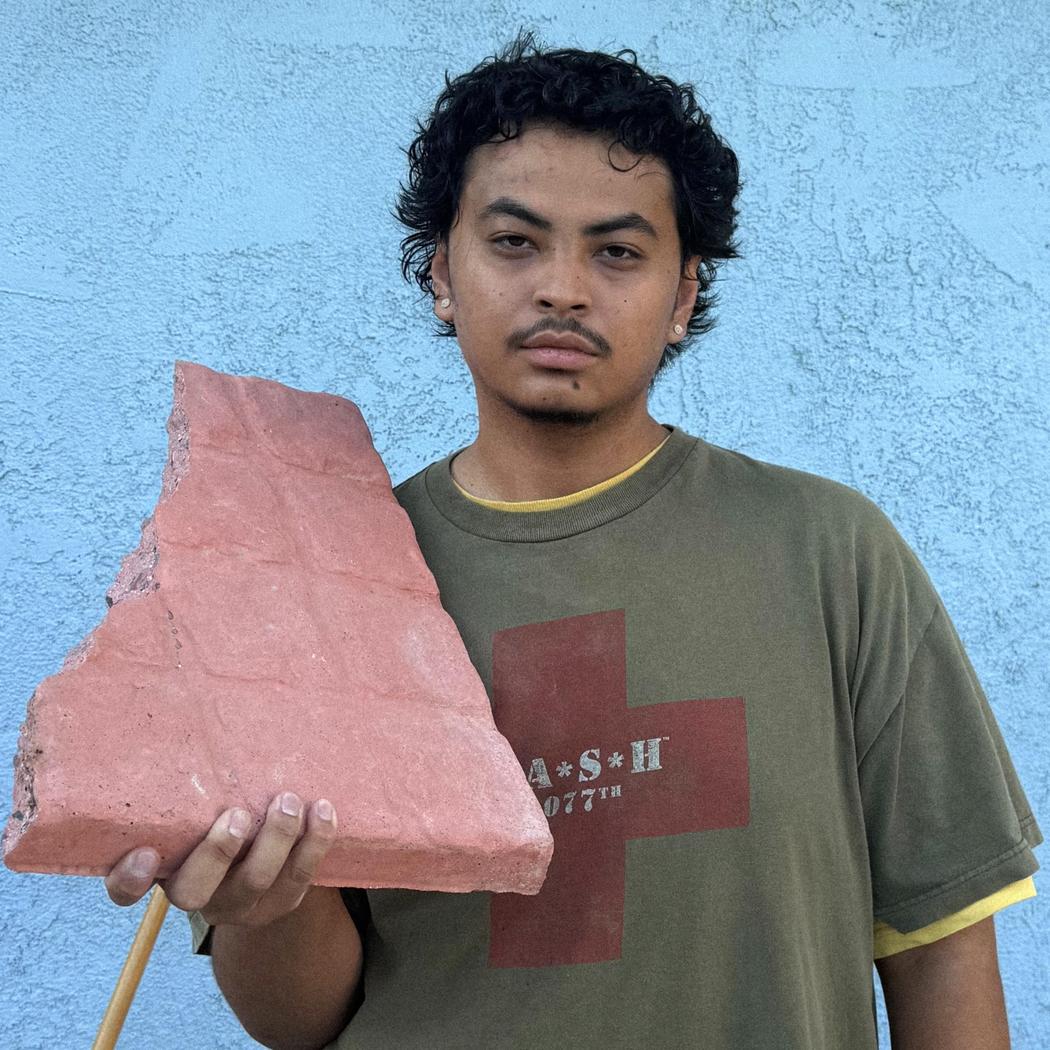
Leave a Reply
You must be logged in to post a comment.